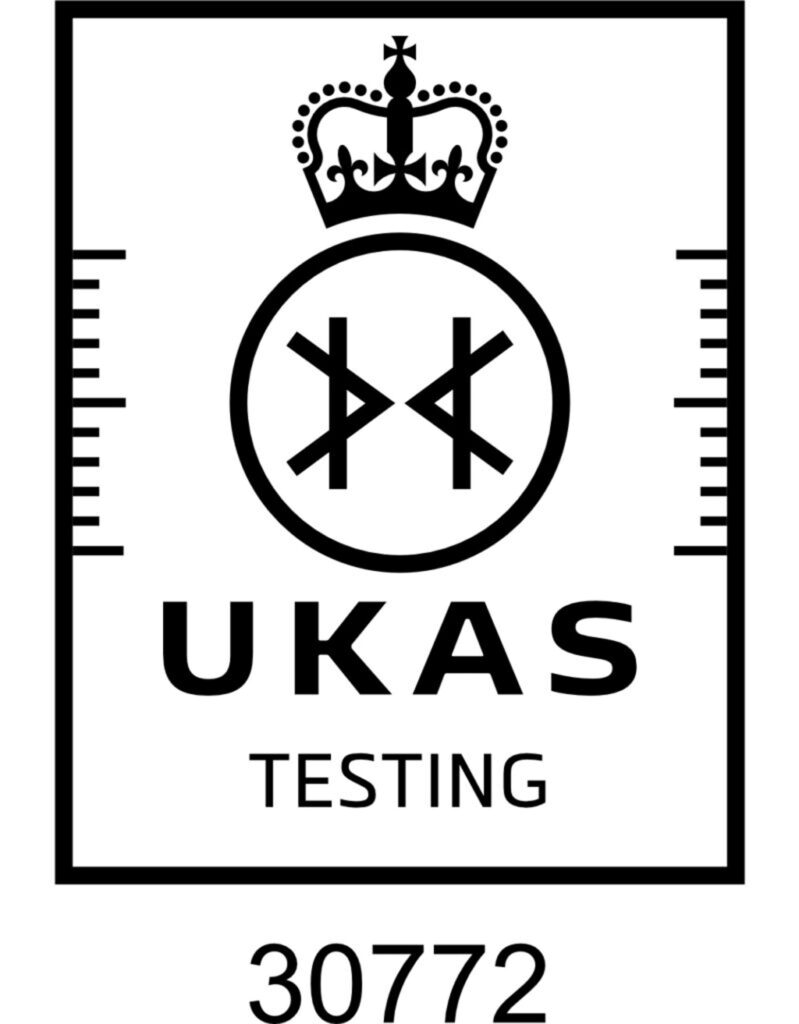
To evaluate the rheological (fluid) properties of fresh concrete, several tests are available, each suited to the consistency of the mix. These tests provide insights into the workability, flow, and setting characteristics of the concrete.
Rheological testing of fresh concrete is essential for ensuring the mix meets the desired consistency and workability for the specific application, helping achieve optimal performance and durability in the final structure.

AMTEST UK Ltd delivers top-tier services to civil engineering and infrastructure clients across the UK, backed by expert in-house concrete consultants.
Unit A 2D/6, Project Park, North Crescent, London E16 4TQ
To evaluate the rheological (fluid) properties of fresh concrete, several tests are available, each suited to the consistency of the mix. These tests provide insights into the workability, flow, and setting characteristics of the concrete.
Rheological testing of fresh concrete is essential for ensuring the mix meets the desired consistency and workability for the specific application, helping achieve optimal performance and durability in the final structure.